Trading Day by Day: Winning the Zero Sum Game of Futures Trading
$12.63
| Author(s) | |
|---|---|
| Format |
|
| Pages |
372 |
| Publication Year |
2003 |
Trading Day by Day is overflowing with the fundamental truths and reliable trading rules every trader needs to be competitive in any market, at any time. The three natural laws of trading, an intelligent approach and method, a sound mathematical system, the spike rule, the mistake rule, divergences, relative strength, the truth about options, businesslike money management, over a hundred “real time,” day-by-day chart examples, and much more.
Introduction:
WHY TRADE? TO make money, of course. However, for most successful traders there is something about trading that goes far beyond making money—something intensely personal. Trading the markets is essentially a competition, an intellectual competition. If you were to ask successful professional athletes why they play their sports, very few (if any) would say solely for the money. If you were to ask what motivates them, they would say personal pride, the challenge and, above all, playing well and winning. I believe the majority of consistently successful futures traders would say the same about trading.
It is the pursuit of excellence, not money, that motivates the exceptional individual. Only the mediocre are driven purely by a desire for money. It is an individual’s passion, not lust for money, that produces excellence. Nevertheless, trading is fundamentally a business, and the basic purpose of a business is to make money.
Trading the futures markets is similar in many ways to professional poker. In both trading and poker, money moves back and forth between the players while the “house” takes a small cut of each transaction. Both are zero-sum games (minus costs, of course). Both require a combination of science and art, a mixture of knowledge and intelligence. Both are highly competitive big-money games where a large amount can totally disappear and a small “stake” multiply many times over. Moreover, no true “player” of either game would bother playing for long if there were no money involved.
Trading is a combination of challenge, puzzle, game, and business. Therefore, a trader needs to be somewhat multidimensional—philosopher, scientist, game player, and businessperson—to be successful. A fund or corporation trading the futures markets can hire several people to perform these multiple functions, but you and I are “individual” traders and so must fulfill all of them ourselves. Consequently, accomplishing this complex task requires understanding, discipline, constant awareness, and the ability to act decisively when necessary.
So we are confronted with a tremendous challenge here: to become consistently successful futures traders. The first step in surmounting this challenge is solving an extremely difficult puzzle: the puzzle of price movement. However, only solving the price puzzle will not be enough; we will also need to “play” the game of trading correctly. Unfortunately, even this will not be enough because to survive and prosper in this extremely competitive business called trading, we will also need to be sound businesspeople. Obviously, being and doing all of this well at the same time is not easy, but if and when finally achieved, the rewards, both personal and financial, can be extraordinary.
Contents:
- Trading vs. Investing
- Approach
- Method
- The First Law of Trading
- The Second Law of Trading
- The Third Law of Trading
- Relative Strength
- Know Yourself
- Long-Term Trading Method
- The “Spike” Rule
- The “Mistake” Rule
- Streaks: Good and Bad
- The Commitment of Traders Report
- Options
- Paper Charts vs. Computers
- Price Action
- Charts
- Conclusion on Chart Examples
- Stock Charts
- Putting It All Together
- Common Trader Pitfalls
- Final Thoughts on Trading
- My Story, plus how Hillary Clinton “really” turned $1,000 into $100,000 in Nine Months
- Now, One Mor e Time
Trading Day by Day: Winning the Zero Sum Game of Futures Trading By F. H. Chick Goslin pdf
19 reviews for Trading Day by Day: Winning the Zero Sum Game of Futures Trading
Clear filtersOnly logged in customers who have purchased this product may leave a review.

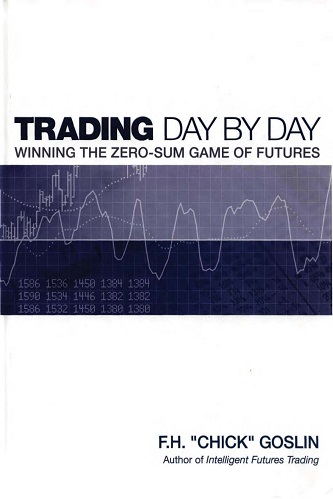
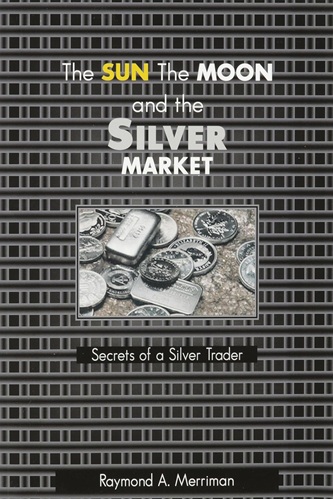
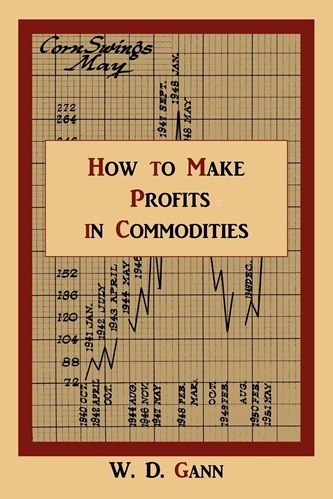

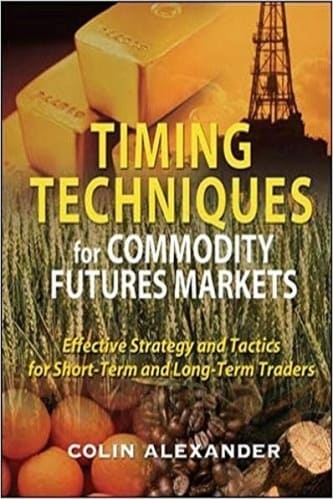

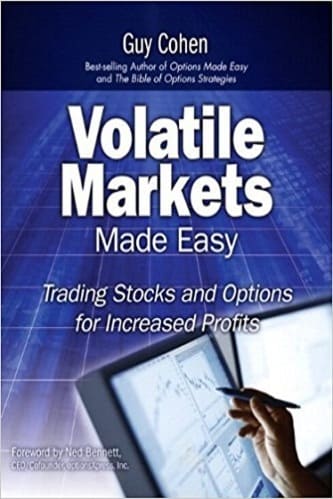
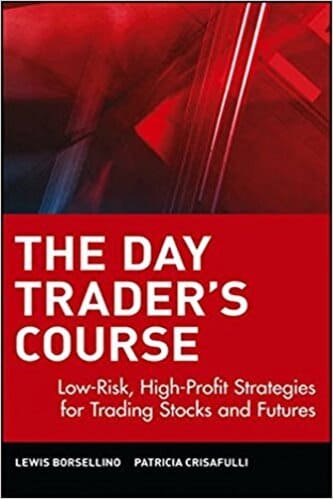
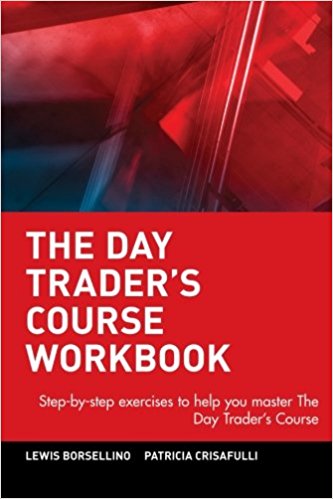
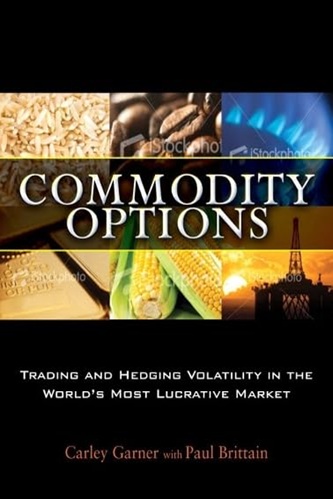
Kamilah Yates (verified owner) –
Chick Goslin brings decades of experience and success sharing his day trading techniques. He is knowledgeable and credible. I enjoyed the book and found his methodology useful and profitable. I highly recommend his book.
Azariah Serrano (verified owner) –
This book is basically about using moving averages. The author at times does not recommend using stop loss. Books by Elder + study guide I found to be more useful in money management area. The method is discretionary and is difficult to program into any computer for backtesting to see performance statistics.
Abraham Cuevas (verified owner) –
This is, bar none, the best trading book I have read. I am using the trading system in this book and am making money.
If you want to put the odds of trading futures in your favour read this book.
Koda Marks (verified owner) –
What Chick teaches in this book has taken me from being a new trader to a profitable trader in less then one month. Check out his website and review his newsletter. This IS that one way of trading that you have been looking for.
It very well could change your life. It did mine.
Samson Barker (verified owner) –
At least 2/3 of this book (hundreds of pages) consists of “Real-Time Commentary”, “After-Action Critique”, and a corresponding chart for trades that he has placed. I agree that tracking and analyzing trades is important, but this is clearly overkill and appears to be used because a longer book was desired.
In the remaining pages, the content is poorly organized and shallow. There is nothing new in this book, which was published in 2003. Mistakes that the author makes like calling a moving average a trend line don’t inspire much confidence in his overly-simplistic Three-Point System, which simply enters a position in the direction of the long term trend if either the short or medium trend is also moving in that direction.
One of the worst books on trading that I have ever read.
Heidi Wiggins (verified owner) –
You will need deep pockets and a strong stomach for wipsaws inorder to succeed with a somewhat subjective method. It may be useful as a confirming directional tool, but so are simple moving averages. I was disappointed and found the method incompatible.
Rex Craig (verified owner) –
This book holds your hands, lays down the rules, shows the technique, and walks you through the technique – day-by-day for various futures market. Haven’t read such a book on trading! I have applied his principles, and seeing the clear (positive!) difference in my trading.
The theme of the book is to trade with the trend. Look at he long, medium and short term trend, and trade.
Basically, he points out…
There are three natural laws of trading-no more, no less-and they are:
1) THE FUTURE IS UNKNOWN (Don’t waste time to predict the price, rather look back)
2) CONTINUATION IS MORE LIKELY THAN CHANGE (trade the trend. Look in the past, if prices are going up, they will, if going down, they will, and if sideways, stay aside from that market, in short, trade the high probability markets)
3) PRICES FLUCTUATE (Take profits, and cut losses, after all, trading is a business).
There are numerous examples, suggestions, and guidance from author’s 30+ yrs. of experience. Of course, there is no holy grail, and he admits he makes mistakes too, but as long as emotions and trading decisions are kept away from each other (and this book shows how), you increase the probability of winning.
Normally, I never mark or underline anything in my book, but this book prompted me to underline various points. Highly recommended.
Remington Greene (verified owner) –
The book basically describes the method and the rules that Chick uses for his everyday futures trading. First of all the method is simple and Chick makes it more objective giving “the three point system” which quantify what the three SMR’s lines are showing in any moment. Chick is a discretionary trader and he is not concerned with backtesting in his book , I think because he prefers to predict the future direction of the lines , making his system riskier and subjective but much more profitable. However you could easily backtest his method (I have not done it yet) using the mathematics behind “the three point system” and it should give you good results. Here’s the point, if you learn how to anticipate the lines and follow the natural laws of trading explained in the book , the method becomes really powerful and you instantly competitive.
The book explains also:
1) how to read and use the COT data
2) the ” spike rule” , useful when you see charts with extreme price movements.
3) Options and how to use them; basically he thinks that trading options is not a good idea.
The rest of the book deals with commentary of charts covering the first ten trading days of 2002 of nine different futures markets. The charts are selected in advance by Chick,and not after the fact as in every other book about trading that I have read before.
This 10 day sample serves as a guidance on how to apply the method in real futures markets.
After all , I definitely reccomend this book to all futures trader, even if you have already a system and don’t want to use the method outlined in this book , you will surely get new ideas and insights from Chick.
Grayson Terry (verified owner) –
I have read hundreds of trading books and this is probably one of the top 5 books in my library. This book explains a very simple way to use indicators (or lines as Chick calls them) successfully without having to overanalyze the situation. It does’nt go much into pattern reading which personally I dont focus too much on. Pattern reading in my opinion should be secondary in the trade decision process and ones main focus should be on price which is what the indicators (the lines) follow. Chicks method uses three simple indicators as follows:
1. A long-term trend following indicator (the tail)
2. An intermediate-term indicator (the body)
3. A short-term indicator (the head)
Chuck compares the movement of all three of them to a snake which body parts I labeled above in parantheses. The art to reading the indicators is being able define the signals before they actually arrive by using what he calls a margin-of-error putting you a step or two ahead of the crowd. He uses a simple mathematical counting system on all three indicators to give you a status (bullish, bearish, neutral) on the markets you are trading.
Ive been trading for years an I am very reluctant to add new ideas to my arsenal but the ideas in this book really fascinated me. This book is a real gem and I highly recommend it to anyone with a basic knowledge of charting and the markets.
It really shows the reader a less-stressful way to trade at the discretionary level.
I have dedicated a small stake of my account to trading equities using Chicks methods and have done quite well for the last 3-4 months. The book discusses futures but the methods could work very well for a good stock picker.
Dont think twice about buying this book. Ive read hundreds and I can tell you that 97% of all the books ive read are pure garbage. There are very few good books written by successful traders and this is definitely one of them. IMO no other book explains the art of using indicators like this one. Chick has really made an effort to go into his minds eye and reflect that into this book. The Real-time trading examples are excellent and ARE NOT trades taken after the fact. He randomly selected around 10 futures markets and started all them on the same date. He then goes forward day by day on all of them through about 65% of the book.
Hadlee Petersen (verified owner) –
Great trading book !
Wren Greer (verified owner) –
I found this book a waste of time and money. I never traded based on anything in this book.
Griffin Stark (verified owner) –
I like the concept of how he use the macd for trend and how it should be in alignment with 50 sma. I don’t use the point system, but it’s not that hard to implement. Overall it is a good book and I look forward to reading Linda Raschke book as well.
Braylon Lang (verified owner) –
Key element of trading, especially for learning traders, is understanding how the market works, where advantages exist and what one can do to take advantage of them. Goslin’s book will not help the intra-day super short term trader, however it provides important insight into the process of professional trading and how to make money in trading from a SLIGHTLY longer term perspective. I think that it is a good book to purchase because it reminders traders what to look for….
Allie Wright (verified owner) –
One of my top three books on the subject
Monica Hancock (verified owner) –
Well written with many examples of concepts
Rylan Raymond (verified owner) –
Based on all of the positive reviews posted for this book, I had to see what the hype was about. After skimming it, however, I have to say it’s just not worth it. The author basically uses momentum to create 3 moving averages – short-term, mid-term and long-term – then uses these to generate the most basic of trading signals which he then demonstrates to you with page after page after page of charts and examples. It’s the same setup hundreds of times. And he keeps referring to a company called “SMR” which publishes the (very basic) indicators he uses throughout the book. This is not really a text for day traders per se – it might have some value for beginning swing traders with longer-term time horizons. You won’t find any new ideas, any new insights into older ideas, any code, and you’ll barely find an explanation for how to create his momentum MAs apart from “subscribe to SMR.” Overall, a total waste of money. I returned it. For readers interested in an excellent book on momentum, try William Blau’s “Momentum, Direction, and Divergence.”
Titus Hancock (verified owner) –
This is a book on trading by and for traders. Chick Goslin has done a fine job of exposing the methods he claims to use for his trading. These are extremely simple, relying on the the use of moving averages for the most part. Please note, this is not a criticism of the book, but a positive. Trading methods need to be simple. Mr Goslin starts with a philosophy that backs his method. The main thing he points out here is that trends once started tend to continue. This is his second law of trading, and a very important one at that. Sounds simple and obvious. However, it is a tough rule to use in practice, as there is always a temptation to believe that a price has moved too far in a certain direction and to try to pick a truning point. He gives a full trading system including entry criteria, risk management, ie where do you place your stops, and most importantly how to exit. Most books focus on picking an entry. Some even talk about how to pick stops, but most never talk about exit. Without this you do not have a complete trading system.
This is not a book for beginners. There are plenty of excellent choices if you are new to technical analysis. If you have been through a basic book such as Bruce Kamich’s How Techincal Analysis Works, then you re ready for this one. Even then, I would recommend that the potential reader have traded a few months before reading this book in order to fully appreciate the information in this book.
I have given this book four stars as the indicators Mr Goslin uses are based on SMR’s parameters, and although he gives an idea of a few parameter choices (clues to figure out the parameters for yourself) he does not tell you the actual parameters out of respect for SMR. When writing a book, an author ought to give you his parameters and ensure all is made clearly available. Although Mr Goslin comes close, he does not reveal the parameters. Excuse my laziness, in not wanting to have to run all of the backtests on his combinations, but if I am paying the kind of money this book costs I would expect all of the information to available.
Brynn Rhodes (verified owner) –
One of the best books on Commodities and Futures trading.
This is a very well written book by one of the Best Traders,his trading methods work,he currently is retired but still trades his own account,he made $100,000 in one day and $1million in one year,sure he had some losses along the way,who doesn,t, i have followed Chick,s trades and is very successful in my trading thanks to what i learned from him, in brief I highly recommend this book and his other book -Trading day by day – for new and experienced traders to learn the methods used by a real trader, not a book writer who never traded but sells books to make a living as many trading books are.
Here is a list of books i highly recommend
1.Currency Trading and Intermarket Analysis by Ashraf Laidi
2.Intelligent Futures Trading by Chik Goslin
3.Trader Vic on Commodities by Victor Sperandeo
4.Trader Vic Methods of a Wall Street Master by Victor Sperandeo
5.Trader Vic Principles Of Professional Speculation by Victor Sperandeo
6.Trading day by day by Chick Goslin
Katelyn Caldwell (verified owner) –
I have read both of Chick’s books several times and have made good money trading his methods. This is what I do for a living — I am a full time trader. His methods work equally well with equities (though do be careful because stocks tend to move together. In other words, you don’t have on as many positions as you think) and futures.
The one star reviewers of this book obviously don’t get it. This is not a book you skim and you can’t criticize it for having no code. (Though if you think a little you can test the basic concepts of the book quantitatively…)
Out of all the trading books I have read this is one of the best, and maybe the only one that actually gives you a methodology that can make money as is. If you want a book that will give you a simple system to make a 500% annual return on your money you won’t find that here…. but if you’re looking for that you’re not going to make it as a trader.